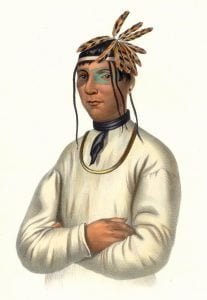A Trip Up Lake Superior.
It had been arranged that directly the holidays commenced at the Shingwauk Home, the Bishop and myself should start on a Missionary tour up Lake Superior, the plan being simply as follows:–We would take with us our boat, _The Missionary_, five or six Indian boys to man it, and provisions for six or seven weeks. We would first proceed by steamboat 300 miles direct to Prince Arthur’s Landing, taking our boat on board; remain there about a week, during which we would pay a visit into the interior; then coast the whole way back, visiting all the Indians along the … Read more



